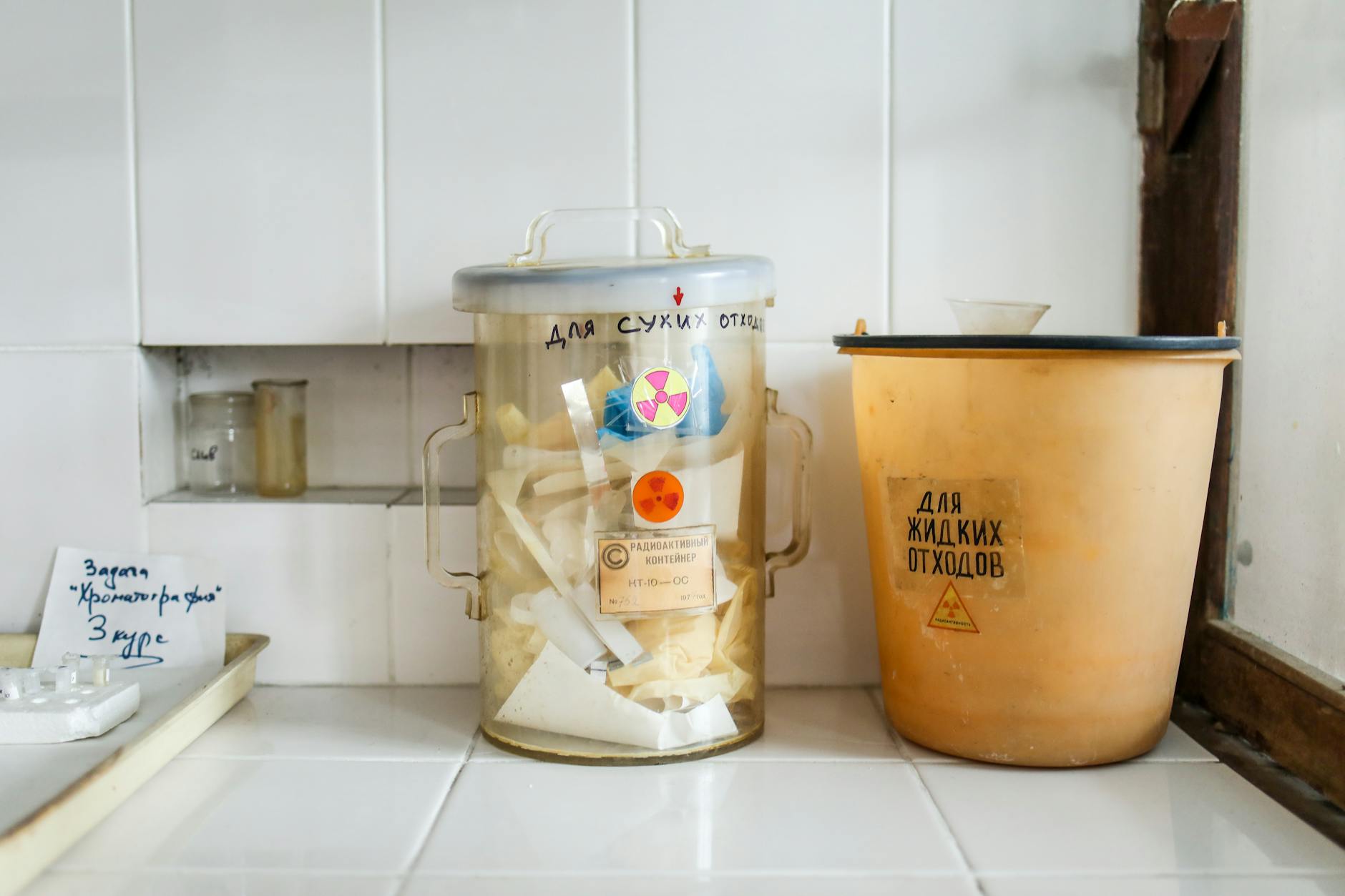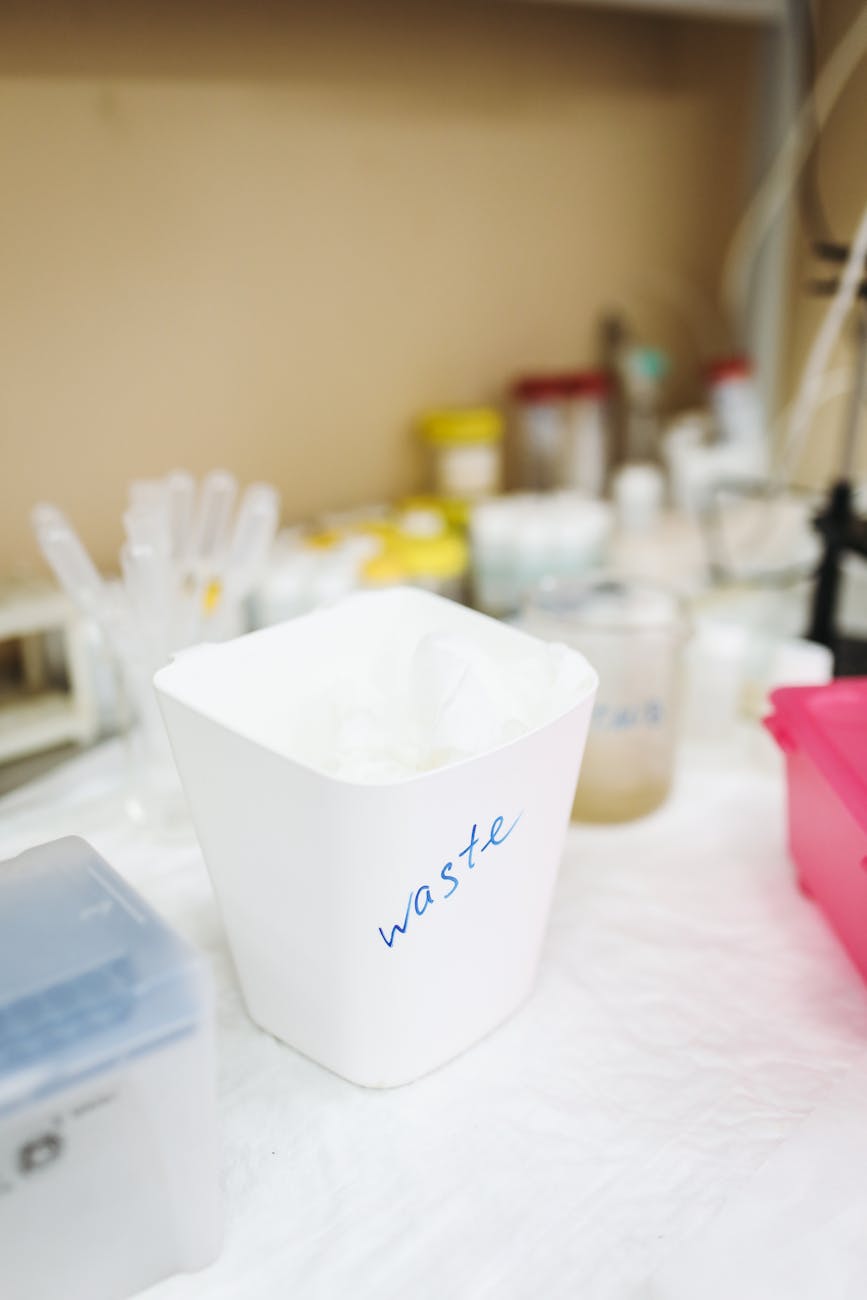When it comes to hazardous waste disposal, prioritizing safety is non-negotiable. Proper disposal of hazardous waste not only safeguards the environment but also prevents potential health risks. However, managing hazardous waste disposal can be a complex and costly endeavor. For businesses and individuals looking to dispose of hazardous waste efficiently without breaking the bank, implementing budget-friendly safety tips is essential. By following the right strategies and guidelines, you can ensure the safe and environmentally responsible disposal of hazardous waste without overspending.
Understanding Hazardous Waste Categories
Before delving into the specifics of budget-friendly disposal methods, it’s crucial to understand the categories of hazardous waste. Hazardous waste is classified into different categories based on its properties, such as corrosivity, flammability, reactivity, and toxicity. By identifying the specific characteristics of the waste you are dealing with, you can determine the most appropriate disposal methods that comply with regulatory requirements.
Conducting a Waste Audit
To effectively manage hazardous waste disposal on a budget, start by conducting a waste audit. This involves assessing the types and quantities of hazardous waste generated in your facility or household. By understanding the volume and nature of the waste produced, you can streamline your disposal practices and identify opportunities for waste minimization and recycling. A waste audit can also help you prioritize the disposal of high-risk waste that requires immediate attention.
Utilizing Hazardous Waste Collection Programs
One cost-effective way to dispose of hazardous waste is to take advantage of local hazardous waste collection programs. Many communities offer periodic collection events where residents and businesses can safely dispose of their hazardous waste free of charge or at a nominal fee. By participating in these programs, you can ensure that your waste is handled and disposed of properly by trained professionals. Check with your local government or environmental agencies to find out about upcoming collection events in your area.
Implementing Waste Segregation and Packaging
Proper waste segregation and packaging play a crucial role in safe and cost-effective hazardous waste disposal. Separate different types of hazardous waste to prevent chemical reactions or contamination. Use sturdy, leak-proof containers that are specifically designed for hazardous materials. Make sure to label each container with clear identification of its contents to avoid any confusion during transportation and disposal. By taking these steps, you can minimize the risk of accidents and ensure compliance with disposal regulations.
Seeking Alternative Disposal Methods
In some cases, exploring alternative disposal methods can help you save money on hazardous waste disposal. For example, you may consider recycling or reusing certain types of hazardous waste if feasible. Recycling hazardous materials not only reduces disposal costs but also conserves valuable resources. Additionally, some hazardous waste items can be treated on-site through decontamination processes, which can be more cost-effective than transporting the waste to an external disposal facility.
Conclusion
In conclusion, managing hazardous waste disposal on a budget requires careful planning, adherence to safety protocols, and compliance with regulatory requirements. By understanding the nature of the waste, conducting a waste audit, utilizing collection programs, practicing waste segregation, and exploring alternative disposal methods, you can effectively handle hazardous waste without overspending. Remember that prioritizing safety and environmental responsibility should always be at the forefront of your waste disposal efforts. By implementing these budget-friendly safety tips, you can protect both your finances and the environment.


